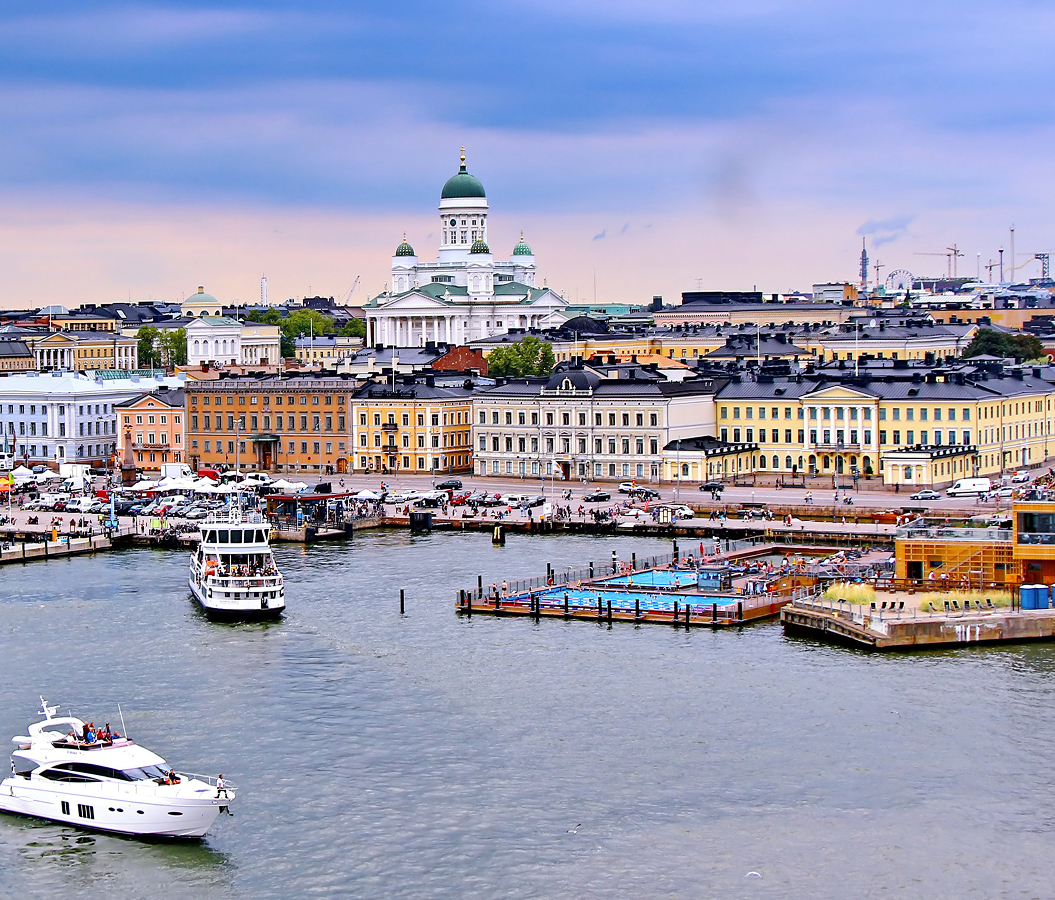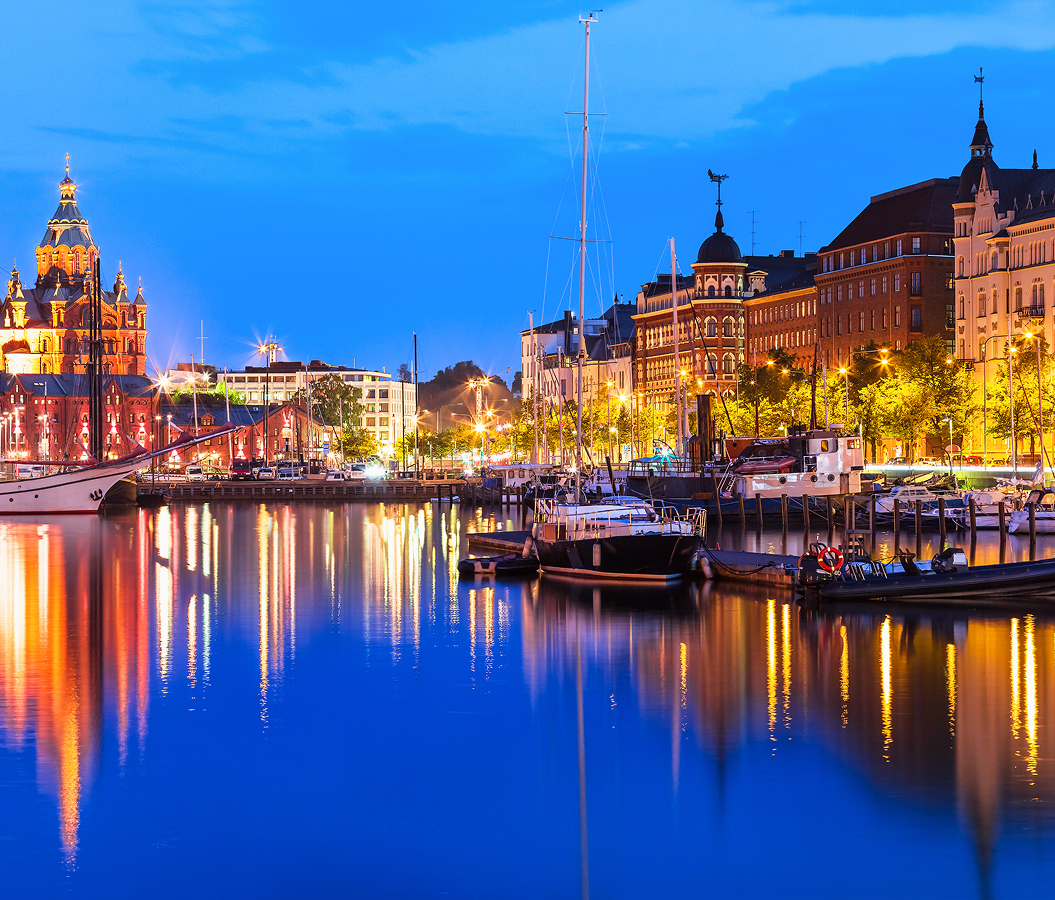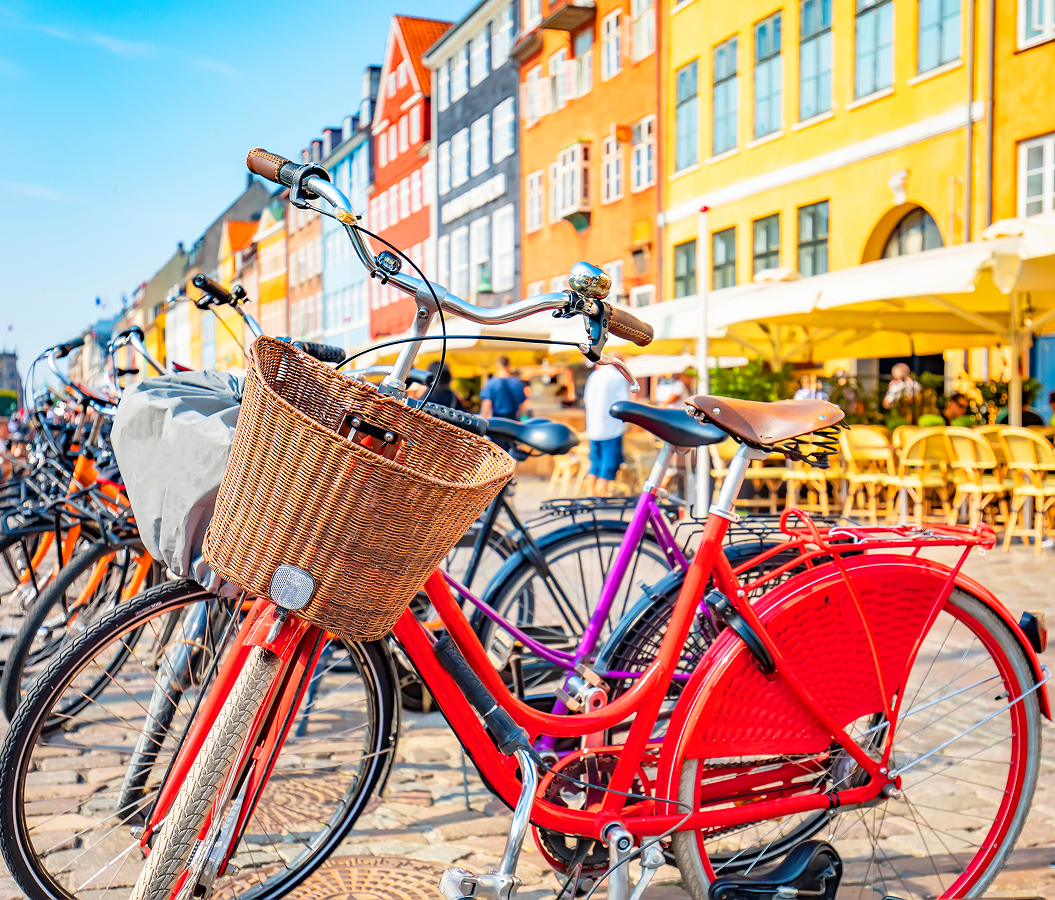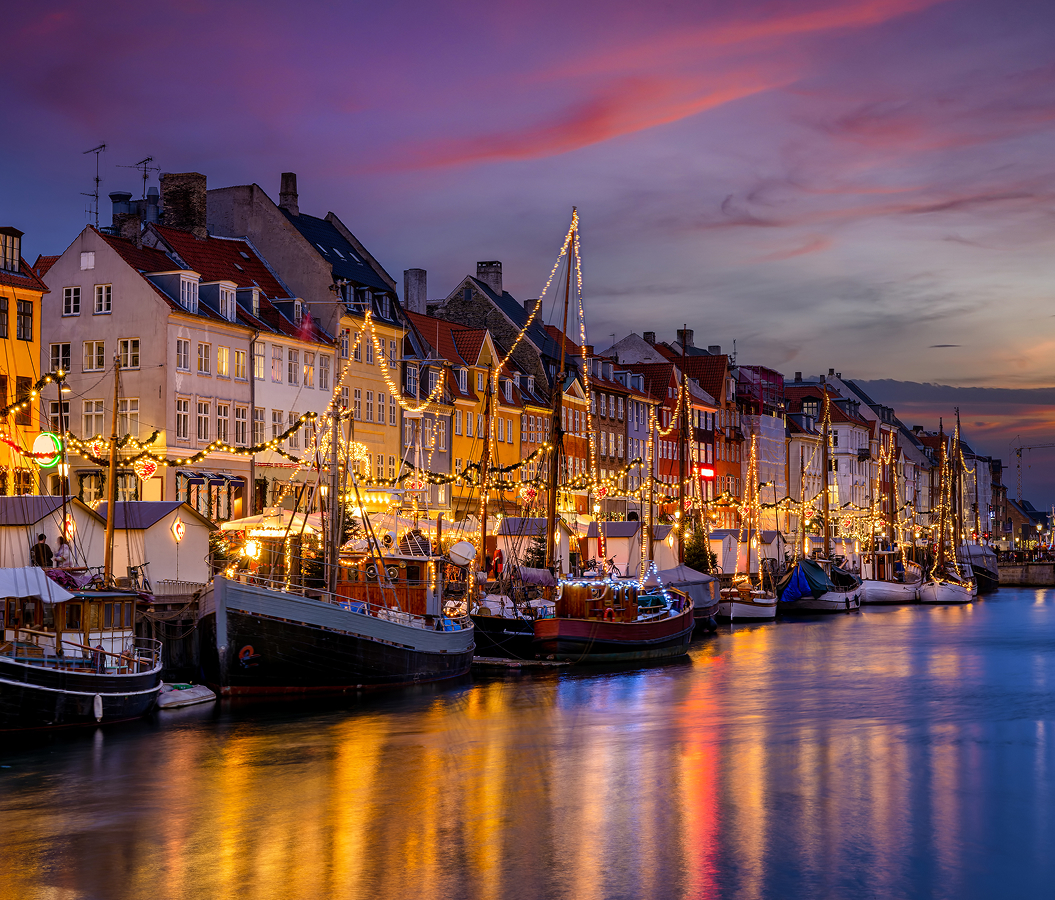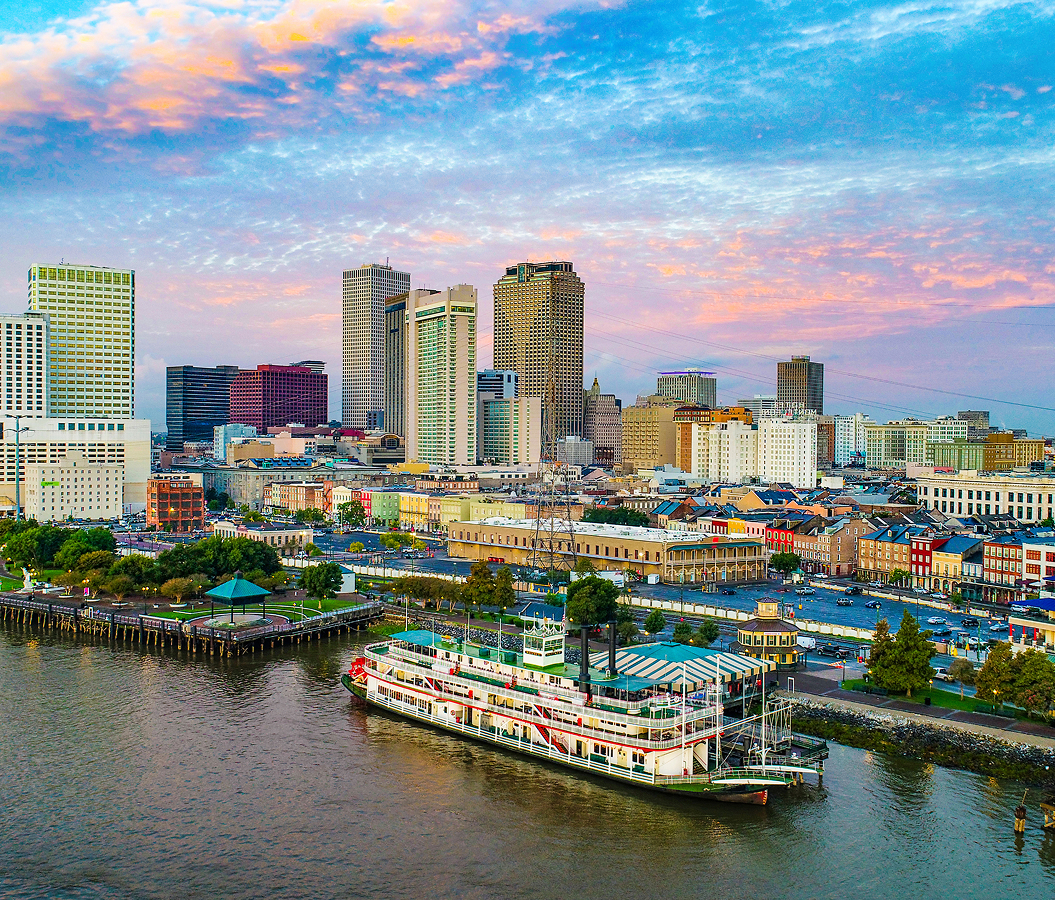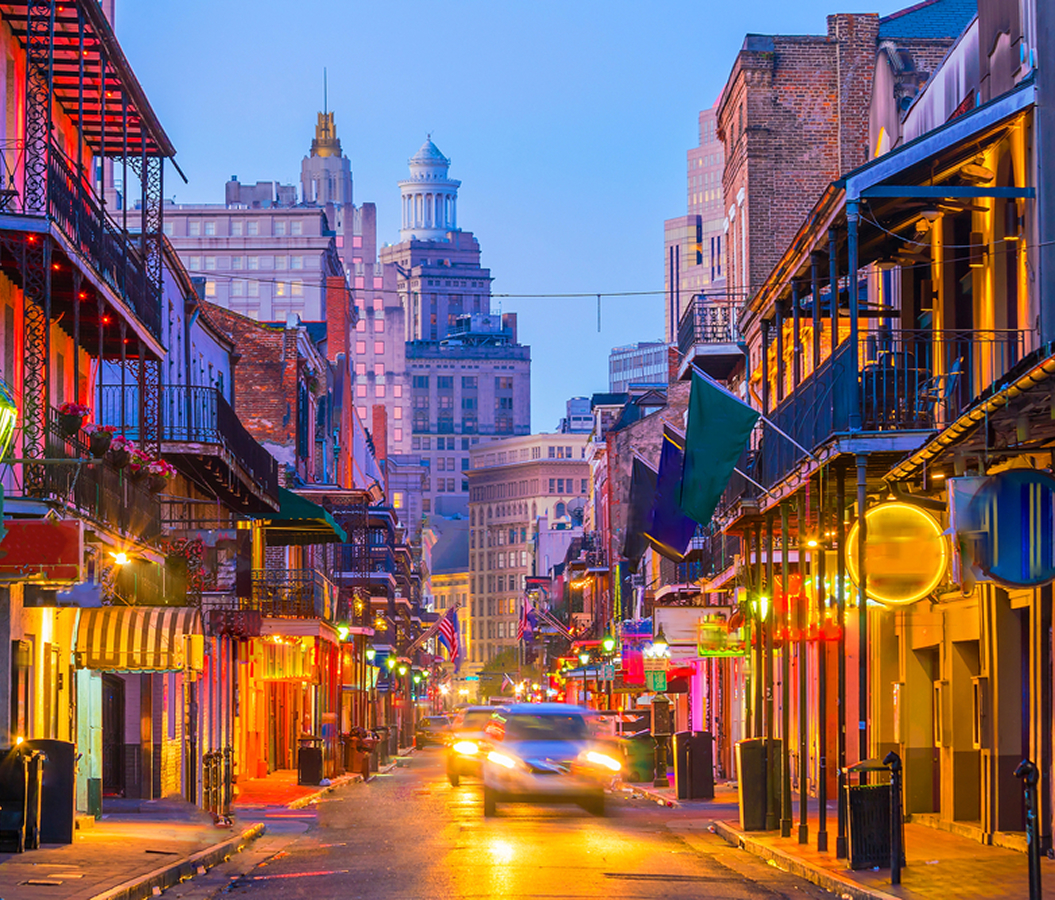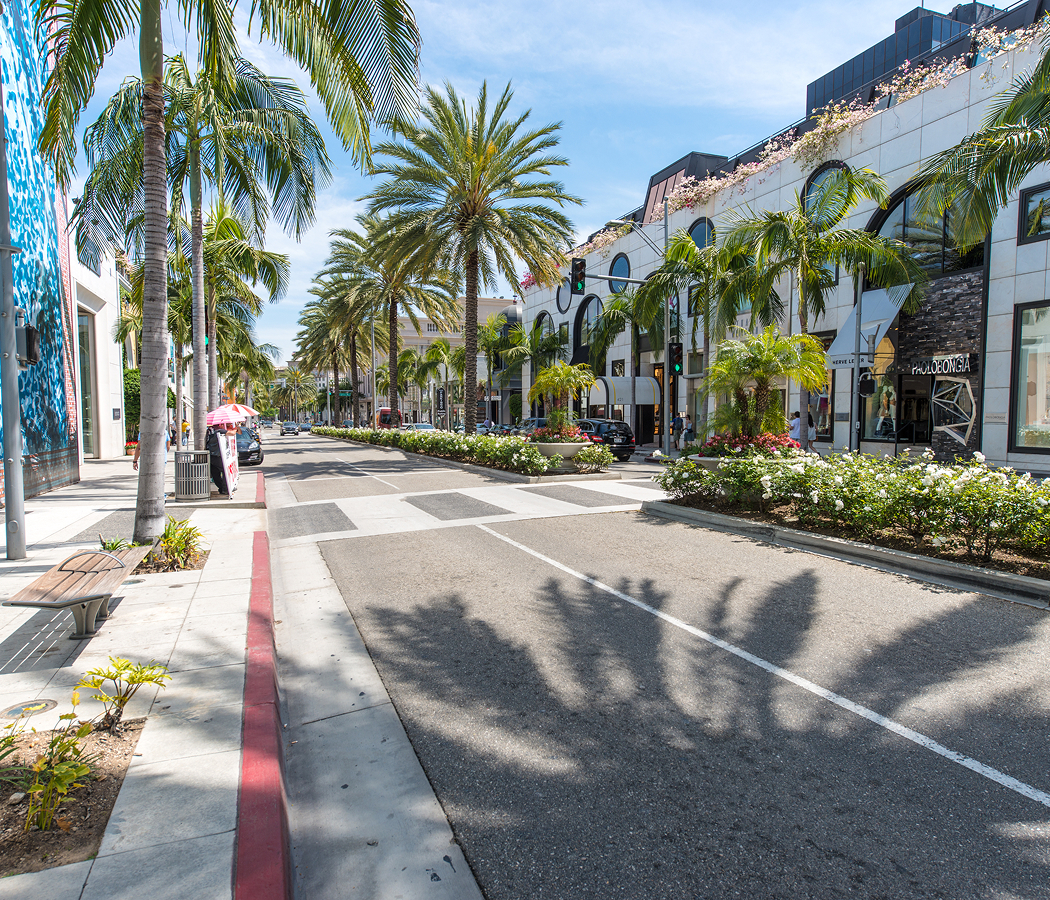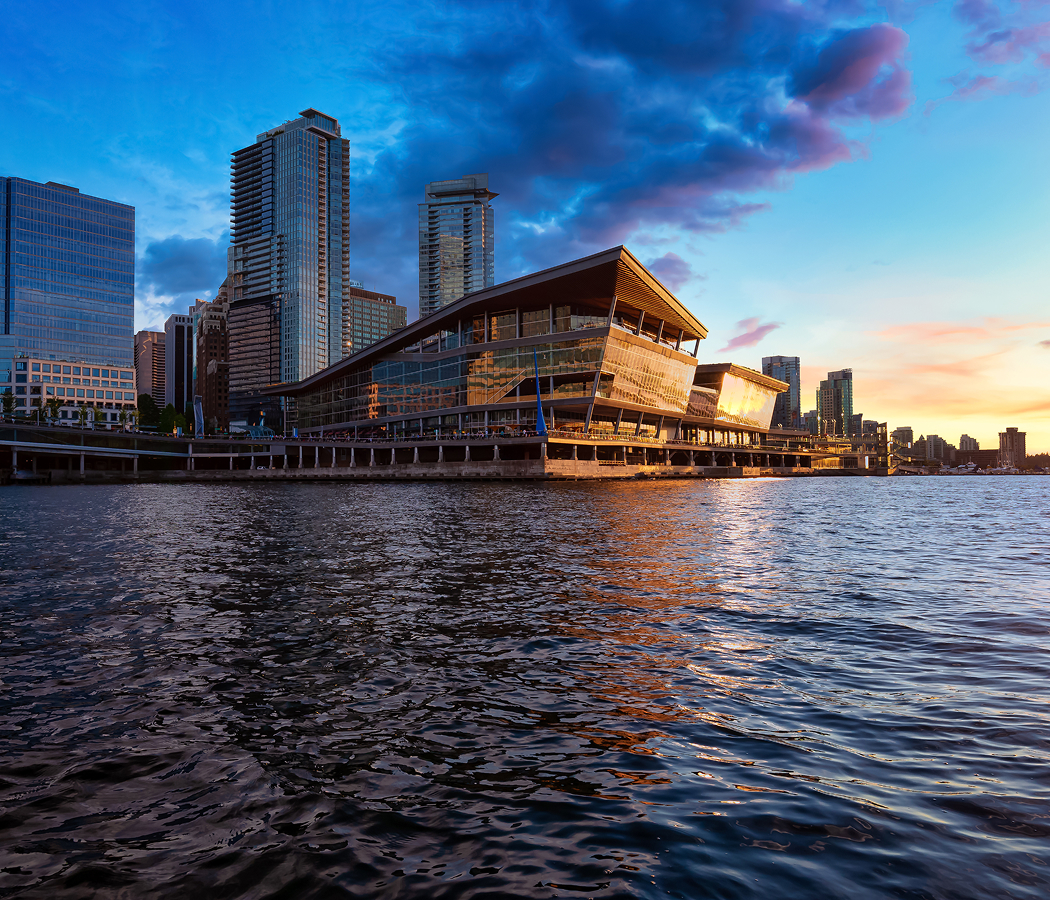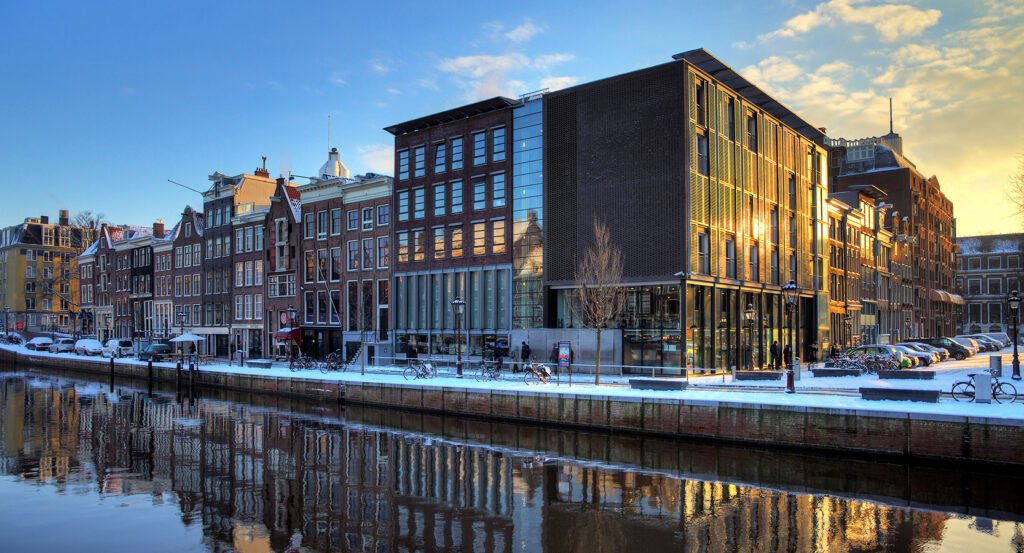
Why you should experience the Anne Frank House in Amsterdam.
Hidden along the tranquil canal of Prinsengracht in Amsterdam, the Anne Frank House is one of the most profoundly moving places in the world, a quiet façade that contains the echo of an unforgettable story.
From the outside, it looks like any other canal house, steep, narrow, elegant. But behind its unassuming exterior lies the Secret Annex, where Anne Frank, her family, and four others hid for over two years during the Nazi occupation. Stepping inside, you feel an immediate stillness. The air is different here, heavy yet sacred, as though the walls themselves are holding their breath. The creak of the stairs, the faint light seeping through curtained windows, the marks of growth penciled on the wall, everything remains as it was, preserved in haunting intimacy. Through Anne’s words, captured in her now-iconic diary, the house transcends history. It becomes a space where courage, fear, and hope coexist, a reminder of humanity’s capacity for resilience even in its darkest hour. The Anne Frank House isn’t simply a museum; it’s a voice that never went silent.
What you didn’t know about the Anne Frank House.
Though millions have read The Diary of Anne Frank, few realize how extraordinary it is that this space survived at all.
The hiding place was established in 1942 when Otto Frank, Anne’s father, converted part of his spice and pectin company into a secret refuge. Behind a revolving bookcase, concealed rooms stretched upward into a cramped annex where eight people lived in silence, dependent on a handful of loyal employees who risked everything to bring food and news from the outside world. In August 1944, their secret was betrayed, still, no one knows by whom, and the group was arrested by the Gestapo. Only Otto survived the camps. When he returned to Amsterdam, one of the helpers, Miep Gies, gave him Anne’s diary, the words his daughter had so faithfully written in hiding. Moved by her vision and voice, Otto worked tirelessly to share her story, transforming grief into purpose. The house itself narrowly escaped demolition in the 1950s, saved only after a public campaign rallied by citizens who understood its importance. In 1960, the Anne Frank House officially opened as a museum dedicated to her memory and to human rights worldwide. What many visitors overlook is that the museum continues to evolve; its exhibitions link Anne’s story to global issues of discrimination, war, and freedom of expression. In 2010, the museum underwent careful renovation to ensure the original annex remained untouched, a conscious act of preservation that maintains authenticity over spectacle. To this day, every floorboard, every faded wallpaper, whispers the story of eight souls clinging to hope above the hum of a city at war.
How to fold the Anne Frank House into your trip.
A visit to the Anne Frank House is both a historical journey and a deeply personal experience, one that demands stillness, reflection, and time.
Book your tickets online weeks in advance; daily entry slots sell out quickly, especially in summer. Arrive early to walk the canals nearby, the same streets Anne once looked down upon from her hidden window. As you enter, move slowly. The museum’s design guides you chronologically through the Frank family’s life, from their arrival in Amsterdam to the years of hiding and beyond. Audio guides, available in multiple languages, weave in readings from Anne’s diary, blending her words with the sounds of her world, the ticking of the clock tower, the rustle of paper, the thud of footsteps on wooden floors. In the annex, photography is forbidden, not as restriction but as respect. It’s a place to simply be, to feel the weight of history in the silence. Afterward, spend time in the modern wing, where exhibitions connect Anne’s story to contemporary struggles for justice and tolerance. From there, step outside and walk to nearby Westerkerk, the church whose bells Anne mentioned hearing from her attic window, they still ring across the canal today. Stop by Café Winkel 43 for a slice of Dutch apple pie and a quiet moment to process what you’ve seen. Visiting the Anne Frank House is not just a lesson in history; it’s a lesson in empathy. It’s an encounter that humbles you, that reminds you of the cost of hate and the power of words to transcend walls. Long after you leave, Anne’s voice will follow you, honest, hopeful, and impossibly alive.
Hear it from the Foresyte community.
It’s not loud or flashy, it’s quiet. But the kind of quiet that sticks with you for days. You just feel it in your chest the whole time.
Where meaningful travel begins.
Start your journey with Foresyte, where the planning is part of the magic.
Discover the experiences that matter most.







